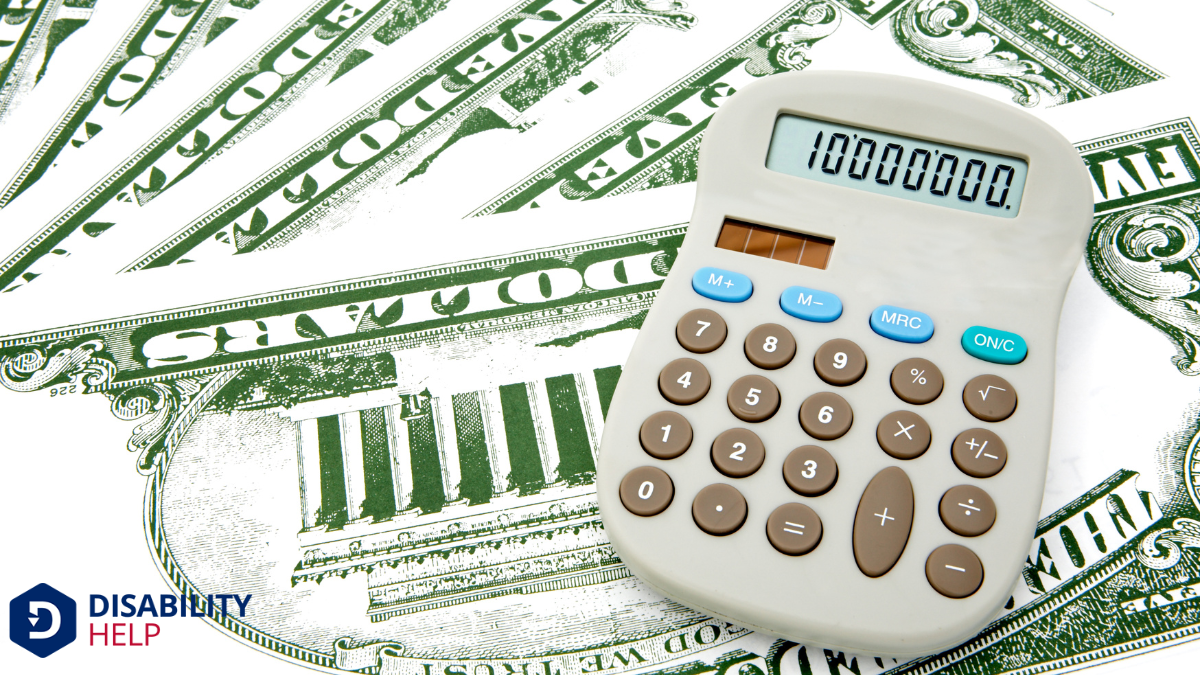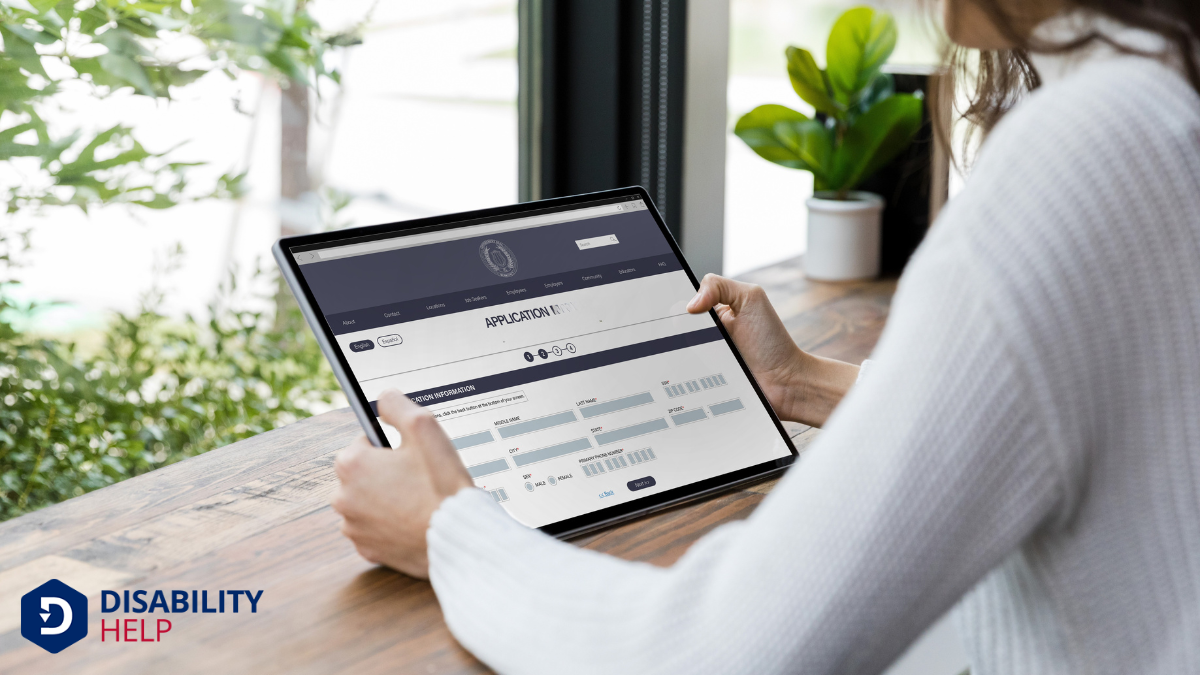Let's explore who can receive two Social Security checks. Many people don't realize that it's possible to qualify for both retirement and spousal benefits, a situation known as dual entitlement. But how does this work, and what criteria must be met? Understanding the nuances can greatly impact retirement planning, especially if you're or your spouse's earnings history plays a role. Ready to uncover the intricacies and maximize your benefits?
Key Takeaways
- Dual entitlement allows receiving both spousal and own retirement benefits, but not simultaneously.
- Eligibility for dual benefits requires meeting age, marriage duration, and filing criteria.
- Government Pension Offset and Windfall Elimination Provision can affect dual benefit amounts.
- Qualifying for both Social Security and SSI often involves meeting age, disability, or income criteria.
- Survivor benefits and personal retirement benefits may allow for two checks under specific conditions.
Understanding Social Security Retirement Benefits
How well do we truly understand Social Security retirement benefits? As we approach retirement, it’s essential to grasp what’s in store for us.
Social Security benefits are based on our work history and earnings over our careers. We’ve paid into the system through payroll taxes, and now it’s time to reap the rewards. Our benefit amount depends on the age at which we choose to retire. If we retire at our full retirement age, we receive full benefits, but claiming earlier reduces them. Conversely, delaying increases them.
It’s also important to reflect on the cost-of-living adjustments, which help our benefits keep pace with inflation. Understanding these factors allows us to make informed decisions, ensuring financial stability in our golden years.
Eligibility for Spousal Benefits

As we navigate the complexities of Social Security retirement benefits, it’s equally important to explore who can qualify for spousal benefits. Understanding these benefits can help us maximize our Social Security income.
Spousal benefits allow one spouse to receive up to 50% of the other’s full retirement amount. To qualify, we should be aware of a few key points:
- Marriage Duration: We need to have been married for at least one continuous year.
- Age Requirement: The qualifying spouse must be at least 62 years old.
- Eligibility of Working Spouse: The working spouse must have already filed for their own benefits.
- Divorce Consideration: Divorced spouses can qualify if the marriage lasted at least 10 years.
- No Concurrent Benefits: We can’t receive both full retirement and spousal benefits simultaneously.
Qualifying for Survivor Benefits
When a loved one passes away, it’s essential to understand our eligibility for Social Security survivor benefits, which can provide significant financial support during a challenging time.
We may qualify for these benefits if we're a widow, widower, or dependent child of the deceased. Typically, a widow or widower must be at least 60 years old, but if we're disabled, we can qualify as early as 50.
It's also possible for a surviving spouse caring for a child under 16 to receive benefits regardless of age. Children under 18, or up to 19 if they're still in school, may also qualify.
Understanding these criteria helps guarantee we access the support we're entitled to, lightening our financial burden when it matters most.
Dual Entitlement Explained
Let's explore how dual entitlement works with Social Security.
When we're eligible for both spousal benefits and our own retirement benefits, understanding how these interact is essential.
We'll also look into the criteria for survivor benefits, which can impact our eligibility for receiving two checks.
Spousal Benefits Eligibility
Understanding spousal benefits eligibility is key to maximizing Social Security income, especially when dual entitlement comes into play. We can receive benefits not only from our own work record but also through our spouse's, which could mean two Social Security checks.
Let’s break down the essentials:
- Marital Status: We must be legally married for at least one year, or be divorced with a marriage that lasted at least 10 years.
- Age Requirement: We need to be at least 62 years old to qualify, unless caring for a child under 16 or disabled.
- Eligibility for Own Benefits: We must be eligible for benefits on our own record.
- Spouse's Benefits: Our spouse must have filed for their benefits.
- Benefit Calculation: The spousal benefit can be up to 50% of our spouse’s full retirement amount.
Survivor Benefits Criteria
Survivor benefits offer essential financial support, especially through dual entitlement, for those who've lost a spouse. Understanding these criteria can help us secure the assistance we need.
First, we must have been married for at least nine months before our spouse's passing. Exceptions exist, such as accidents or military duty. If we're caring for our deceased spouse's child under 16 or disabled, the duration rule doesn't apply.
We can claim survivor benefits as early as age 60, but waiting until full retirement age guarantees we receive the maximum amount possible.
It's also important to remember that if we're already receiving Social Security benefits, we might be eligible for a higher amount through survivor benefits.
Let's make sure we're informed about our options.
Strategies for Maximizing Benefits

While managing the complexities of Social Security, we can employ several strategies to maximize our benefits. Understanding our options and making informed decisions can greatly influence our financial well-being.
Here are some practical strategies we can consider:
- Delay Benefits: Waiting until age 70 to claim benefits can increase monthly payments.
- Work Longer: Continuing to work can boost our average lifetime earnings, thereby increasing our benefits.
- Coordinate with a Spouse: If married, coordinating when each partner claims benefits can optimize our total payments.
- Check for Errors: Regularly review our Social Security statements to verify earnings are accurately reported.
- Utilize Retirement Accounts: Drawing from retirement accounts first can allow Social Security benefits to grow.
These strategies can help us make the most of our Social Security entitlements.
The Role of Divorced Spouse Benefits
For those of us who've gone through a divorce, divorced spouse benefits can play an essential role in our Social Security planning.
If our marriage lasted at least 10 years and we haven’t remarried, we might qualify for benefits based on our ex-spouse's record. This could provide us with up to 50% of their full retirement amount.
It’s vital to understand that these benefits won’t reduce our ex-spouse’s payments. We’ll need to be at least 62 to claim, but waiting until our full retirement age can maximize our benefits.
If we're eligible for our own Social Security, we’ll receive whichever amount is higher—our own benefit or the divorced spouse benefit. This option offers financial security after divorce.
Impact of Government Pensions on Dual Benefits
Let's explore how government pensions can affect our ability to receive dual Social Security benefits.
The Government Pension Offset and the Windfall Elimination Provision can considerably alter the benefits we might expect.
We'll also discuss how to coordinate these dual benefits to maximize our financial situation.
Government Pension Offset Effects
If you're receiving a government pension, it's important to understand how it might affect your Social Security benefits due to the Government Pension Offset (GPO).
The GPO can reduce the Social Security benefits we receive as a spouse or widow(er) if we also get a government pension from work not covered by Social Security. Here’s how it can impact us:
- Benefit Reduction: Our Social Security benefits might decrease by two-thirds of our government pension.
- Eligibility Check: It’s important to verify if our pension triggers the GPO.
- Planning Ahead: Understanding the GPO helps us plan our retirement finances better.
- Exceptions: Some government jobs have exceptions, so we should check if ours does.
- Seek Advice: Consulting a Social Security expert can clarify our situation.
Windfall Elimination Provision Impact
While the Government Pension Offset affects our Social Security benefits as a spouse or widow(er), the Windfall Elimination Provision (WEP) specifically impacts those of us receiving both a government pension and Social Security benefits from our work.
If we've worked in jobs not covered by Social Security, like certain state or local government positions, and qualify for a pension from those jobs, WEP may reduce our Social Security benefit.
This provision aims to address the perceived advantage of receiving both types of benefits. The reduction depends on factors like the number of years we’ve paid into Social Security.
Understanding WEP is essential for financial planning, so we should carefully review how it might affect our retirement income to avoid surprises.
Coordination of Dual Benefits
When managing our retirement income, understanding how government pensions affect dual Social Security benefits is essential. We must be aware of the Government Pension Offset (GPO) and how it can reduce benefits for those receiving a government pension not covered by Social Security.
Let’s explore key points to reflect on:
- GPO Impact: It can reduce spousal or survivor benefits by two-thirds of our government pension.
- Eligibility Criteria: We may qualify if we're entitled to Social Security through our work and a pension from separate government employment.
- Planning Ahead: Knowing our potential offsets helps us better prepare.
- Exception Cases: Some pensions might be exempt from the GPO.
- Seek Guidance: Consulting a financial advisor can clarify our unique situation.
Understanding these factors guarantees we're prepared for retirement.
Key Considerations for Applying for Dual Benefits

As we consider applying for dual benefits, it’s important to understand the eligibility criteria and the potential impact on our overall financial situation.
First, let's confirm that we qualify for both Social Security and Supplemental Security Income (SSI) benefits. This dual eligibility often requires meeting age, disability, or income criteria. We should also be aware of how receiving one benefit might affect the other.
Next, let's evaluate our current financial needs. Dual benefits could boost our income, but we must also consider potential reductions due to income limits or resource tests.
It’s vital to gather all necessary documentation ahead of time to streamline the application process. Finally, consulting with a Social Security representative can help clarify any specific concerns and guide us through the process.
Conclusion
In traversing Social Security benefits, it's essential that we comprehend our options to maximize what we're entitled to. By exploring retirement, spousal, and survivor benefits, we can make informed choices. If we're eligible for dual entitlement, let's confirm we weigh the benefits and choose the higher amount. Remember, understanding these nuances can greatly impact our financial future. Let's stay informed and proactive in securing the benefits we deserve, especially if government pensions come into play.






